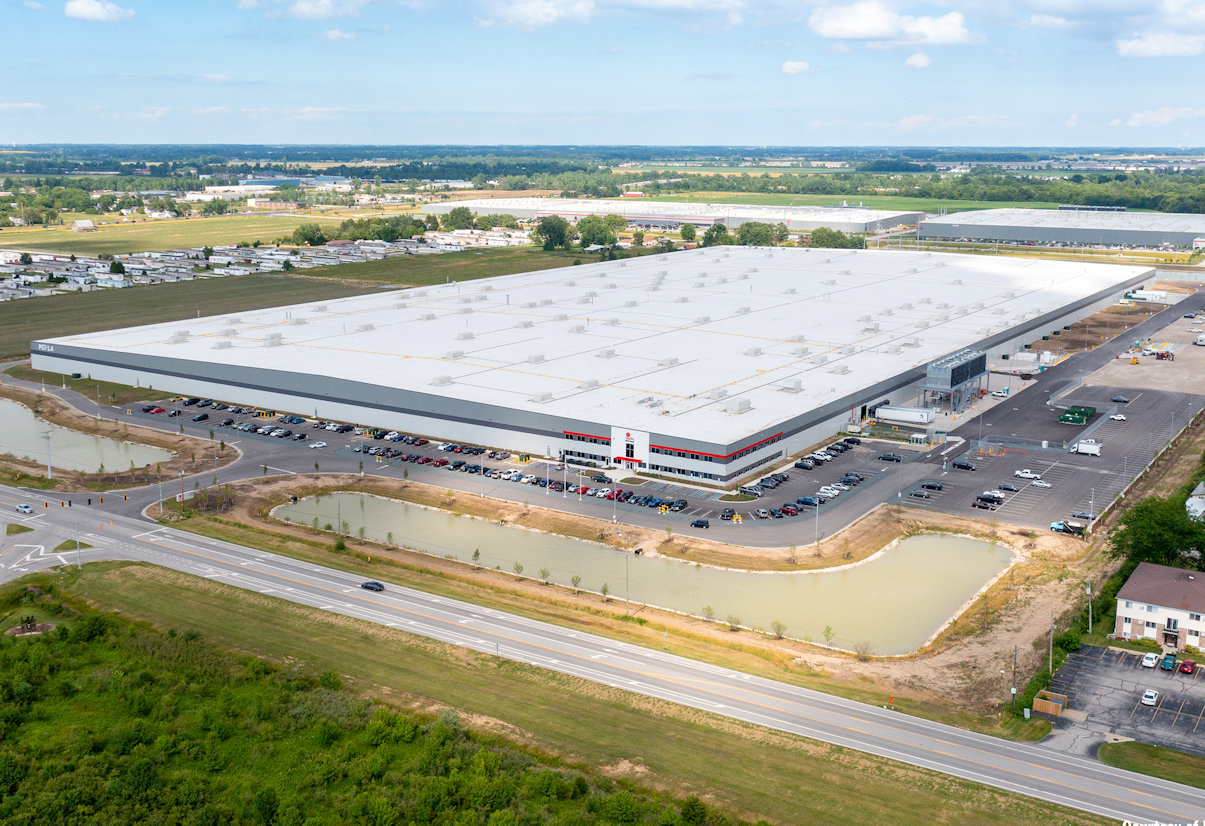
The facility covers 1.3 million square feet and includes a high-tech pilot manufacturing line allowing for the production of full-sized prototypes of thin film and tandem PV modules. Prior to the commissioning of the Jim Nolan Center, First Solar utilized a manufacturing line at its Perrysburg facility for its late-stage product development efforts.
This arrangement limited the flexibility for development efforts and created constraints when mission-critical tools had to go offline. By resolving these limitations and constraints, the new facility is expected to accelerate innovation cycles.
"Thin films are the next technological battleground for the solar industry because they are key to commercializing tandem devices, which are anticipated to be the next disruption in photovoltaics," said Mark Widmar, chief executive officer, First Solar.
"While the United States leads the world in thin film PV, China is racing to close the innovation gap. We expect that this crucial investment in R&D infrastructure will help maintain our nation's strategic advantage in thin film, accelerating the cycles of innovation needed to ensure that the next disruptive, transformative solar technology will be American-made."
The Jim Nolan Center is part of an approximately half-billion dollar investment by First Solar in R&D infrastructure, and the company expects to also commission a perovskite development line at its Perrysburg, Ohio, campus in the second half of 2024.
The company, which has invested almost $2 billion in R&D, operates laboratories in Santa Clara, California, and Perrysburg, Ohio, in the US, and Uppsala in Sweden. Significantly, First Solar’s California Technology Center (CTC) in Santa Clara recently achieved a 23.1% efficient CdTe cell, a new world record certified by the National Renewable Energy Laboratory (NREL).
The company's ongoing and planned investments in the R&D infrastructure are projected to create approximately 300 new jobs by 2025, the majority of which will be located at the Jim Nolan Center. First Solar's investments in US manufacturing and R&D are believed to make it the most significant enabler of American jobs among solar manufacturers.
According to a recent study conducted by the University of Louisiana at Lafayette and commissioned by First Solar, the company supported an estimated 16,245 direct, indirect, and induced jobs in 2023, representing approximately $1.6 billion in annual labor income.

